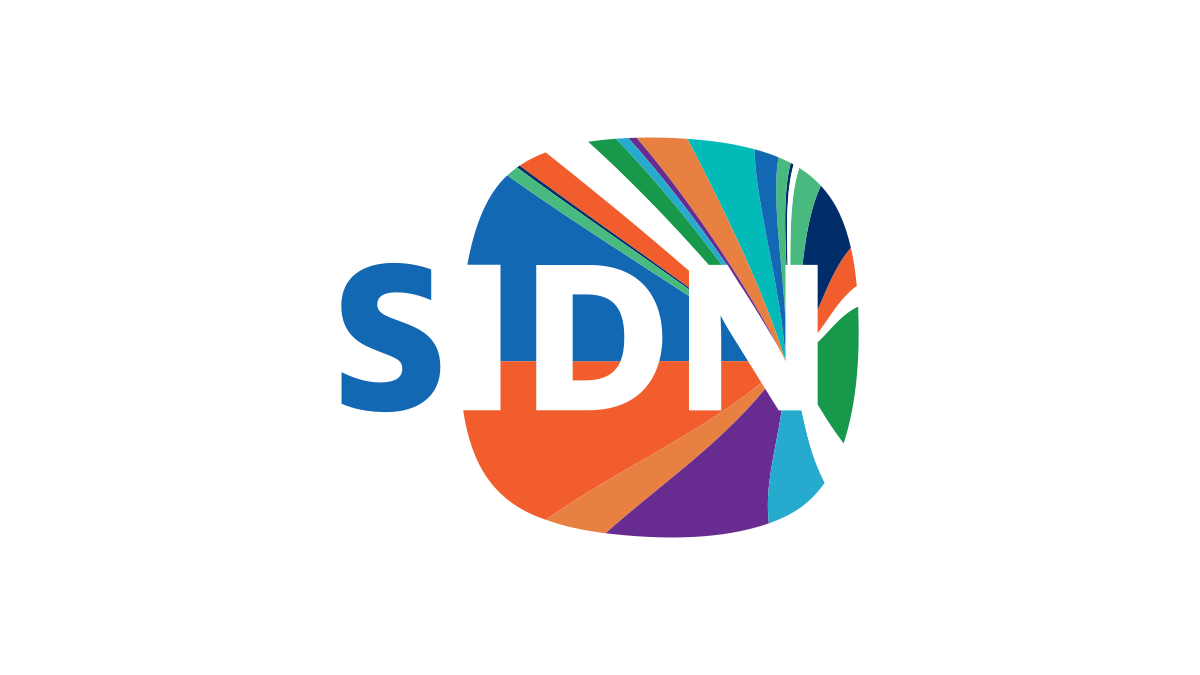tsuNAME: DNS loops are a well-known problem, but aren't properly addressed by current RFCs
Recursive resolvers should cache DNS records that are misconfigured with loops
Chose your color
Frequently visited
Frequently asked questions
The Whois is an easy-to-use tool for checking the availability of a .nl domain name. If the domain name is already taken, you can see who has registered it.
On the page looking up a domain name you will find more information about what a domain name is, how the Whois works and how the privacy of personal data is protected. Alternatively, you can go straight to look for a domain name via the Whois.
To get your domain name transferred, you need the token (unique ID number) for your domain name. Your existing registrar has the token and is obliged to give it to you within five days, if you ask for it. The procedure for changing your registrar is described on the page transferring your domain name.
To update the contact details associated with your domain name, you need to contact your registrar. Read more about updating contact details.
When a domain name is cancelled, we aren't told the reason, so we can't tell you. You'll need to ask your registrar. The advantage of quarantine is that, if a name's cancelled by mistake, you can always get it back.
One common reason is that the contract between you and your registrar says you've got to renew the registration every year. If you haven't set up automatic renewal and you don't renew manually, the registration will expire.
Wanneer je een klacht hebt over of een geschil met je registrar dan zijn er verschillende mogelijkheden om tot een oplossing te komen. Hierover lees je meer op pagina klacht over registrar. SIDN heeft geen formele klachtenprocedure voor het behandelen van een klacht over jouw registrar.
Would you like to be able to register domain names for customers or for your own organisation by dealing directly with SIDN? If so, you can become a .nl registrar. Read more about the conditions and how to apply for registrar status on the page becoming a registrar.
Domain names
Domain names
Recursive resolvers should cache DNS records that are misconfigured with loops

Authors: Giovane Moura (1,2), Sebastian Castro (3), John Heidemann (4) and Wes Hardaker (4) (1) SIDN Labs, (2) TU Delft, (3) InternetNZ, (4) USC/ISI
Last May, we publicly disclosed tsuNAME, a DNS vulnerability that could be exploited to mount DDoS attacks, where resolvers, clients and/or forwarders send endless queries to authoritative DNS servers. Although earlier RFCs have documented the existence of DNS name loops, none of them have fully addressed the problem. To fix that, we have proposed a new IETF draft to the DNS Operations Working Group (DNSOP WG).
A loop is a well-known type of configuration error in a DNS zone, being documented even in the seminal RFC 1034 (‘Domain Names – Concepts and Facilities’, November 1987). For example, a CNAME loop can be created as follows:
.org zone file: example.org CNAME example.nl .nl zone file: example.nl CNAME example.org
In the example above, a DNS resolver will not be able to resolve either of the domains, because each points to the other.
We found that domain names configured with looping NS records can cause resolvers to send endless queries to authoritative servers, ultimately flooding the servers – a phenomenon we refer to as a tsuNAME. A real-world tsuNAME hit New Zealand's .nz authoritative servers, when two misconfigured names which had little traffic, caused a 50% surge in total server traffic (see Figure 1).

Figure 1: .nz authoritative severs experience 50% traffic growth during tsuNAME event caused by two domain names.
That begs the question: if loops have been known about for so long, why are they still a problem?
The first solution was proposed in RFC 1034, which states that CNAME loops should be ‘signalled as an error’ (Section 3.6.2). To avoid resolvers starting to loop infinitely in the presence of configuration errors, RFC 1034 also recommends that a resolver limits the number of queries it sends out when resolving an individual domain name.
RFC 1035 (‘Domain Names – Implementation and Specification’) stipulates that resolvers should use counters to implement the limits. The later RFC 1536 (‘Common DNS Implementation Errors and Suggested Fixes’) states that ‘a set of servers might form a loop wherein A refers to B and B refers to A’. It does not, however, specify what types of record might create such a loop. Nor does it offer solutions beyond what RFC 1034 and RFC 1035 suggested.
In short, RFC 1034, RFC 1035 and RFC 1536 describe the problem and do provide guidance to resolver implementers to help avoid infinite loops caused by misconfigured zone files with NS or CNAME loops. However, we continue to see various forms of loop problem, so in this blog we seek to further clarify that guidance.
We found in our research paper that traffic surges can occur if NS loops are present:
Looping recursive resolvers: these are resolvers that send endless queries to authoritative servers after receiving a single client query (Figure 1) targeting a domain with an NS loop. Such recursive resolvers do not conform to the guidance in RFC 1034 and RFC 1035, both of which set limits on the number queries a resolver should send when resolving a name.
Looping clients, stub-resolvers, and forwarders: problems can also arise if parts of the DNS infrastructure, behind a recursive resolver, send endless queries because of NS loops. The queries reach their upstream recursive resolvers, which then send queries to authoritative servers (which may further amplify the query stream).
Current RFCs provide solutions to prevent resolvers from looping (although we found two old versions of popular DNS software that do not implement the solutions). Whenever a client sends a query to its recursive, the recursive should return SERVFAIL to the client whenever there are looping NS records – the detection is done using counters, as specified in current RFCs.
However, that still does not prevent clients, stubs and DNS forwarders from repeatedly asking the same question, over and over. Suppose that a resolver is set with twenty queries as the upper limit for resolving a name before it returns SERVFAIL, as in the case of a loop. In that scenario, each new query from each client will trigger twenty new queries. That is exactly the problem we found in the Google Public DNS implementation: the source of loops was not the Google resolver software, but the clients, which were endlessly sending the same query to the resolver.
To fix this problem, we recommend that recursive resolvers MUST cache DNS records that are misconfigured with loops. Then, whenever a resolver returns a SERVFAIL to a client, all subsequent queries from clients can be answered directly from the resolver's cache. Hence, caching works as a barrier between the resolver and looping clients, ultimately preventing excessive traffic from reaching authoritative servers.
How long these looping records should be cached for is an implementation choice. However, a recursive resolver MUST answer from its cache for at least fifteen minutes, given that most looping NS/CNAME record situations will require human intervention. Google Public DNS implemented that solution and, once they started caching looping records, the issue was fixed (see Figure 2).

Figure 2: Fixing tsuNAME on Google Public DNS: significant drop in query volumes after caching of looping records. See our research paper for details.
We presented this proposal in the form of an IETF draft to the DNSOP WG last November. We have received feedback on it, and we will shortly be submitting an updated version.
For more details on the tsuNAME specifics, interested readers are referred to our research paper and video presentation that were presented at the ACM Internet Measurement Conference (IMC 2021).

Article by:

Share this article